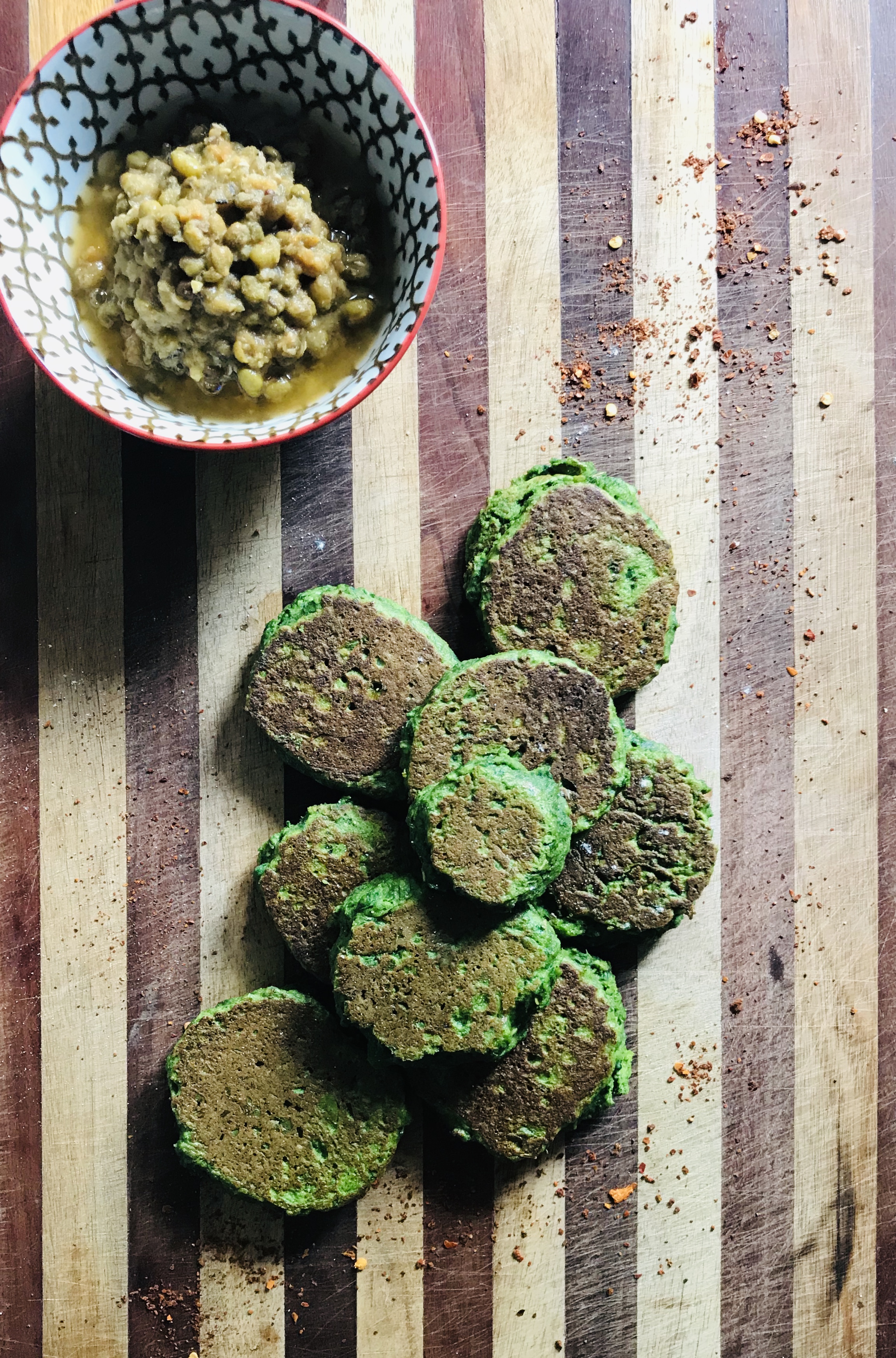Cabbage Rolls

This week I am sharing three recipes all inspired by the humble cabbage. Cabbage is not everyone’s cup of tea, but it is full of nutrients and can be delicious when made well.
This dish was influenced by a Greek friend who posted an Instagram story of her traditional vegetarian cabbage pockets. Lindsay Greene, a content creator from the US ate something similar this year and ever since I saw her review, I yearned to experiment and create something similar.
Since I’m not eating meat again, I didn’t make a pork and rice version which I’ve seen in many online recipes. Instead I opted for black beans, herbs and a mixture of whole grains. The result was an absolutely delicious pocket of wholesome goodness.
Fun facts: Stuffed cabbage seems to have originated from all over the world especially Europe and parts of South-East Asia. According to Wikipedia, a version called holishkes is traditionally eaten by Jewish people. Stuffed cabbage is believed to have influenced Jewish cooking about 2 000 years ago. It’s most often served up with a gravy that’s either sweet and sour or savory. Lahanodolmades is the traditional winter Greek cabbage roll version that’s made with a lemon and egg based sauce. The word ‘Dolma’ has Turkish roots (Dolmak), which means ‘to be stuffed’.
Ingredients
1 cabbage head, peel each layer of the cabbage off carefully
1 tsp oil
1 onion chopped finely
3 garlic cloves, crushed
1 tsp chili flakes
1 cup cooked quinoa
1 cup boiled black beans
1 cup cooked millet
1 tsp tomato paste
salt to taste
fresh thyme (3-4 sprigs)
2 tbsp chopped chives
1 tsp Sumac (you can omit if you don’t have this spice)
2 fresh green chilies (omit if you don’t want the heat or heartburn)
1/2 tsp nutmeg
Ingredients for sauce
1 sprig fresh rosemary
store bought gravy
2 leeks, sliced in ringlets.
1/4 cup cream or cream cheese
Method
Fill a large pot with cold water and bring it to a rolling boil.
Dip each cabbage leaf individually in the water and and boil it for 2 minutes max to soften it slightly. Drain and let it cool in a colander.
In a large pan or skillet, fry onion, garlic, fresh chilies, red chili flakes, thyme, chives, tomato paste, Sumac spice, nutmeg, and black beans.
When you start to smell the aroma of the chilies and herbs, drop in the black beans and fry it nicely. Give it a mash. If you don’t have a potato masher, smash the beans with a fork.
Add quinoa and millet to the pan and toss the mixture well. You can pretty much add any vegetable to this mix, including carrots and finely chopped mushrooms.
Season well with salt and pepper.
Prepare a flat dish to bake your cabbage pockets by oiling it well. Place about 1 1/2 spoonfuls of your mixture into one leaf, right in the middle. Fold the sides toward each other and roll the cabbage leaf like a cigar or a chicken wrap, away from you. Because the leaves are soft, they should not unravel. Pack them tightly next to each other in your prepared dish. You can also stack them if you run out of space.
Cover with foil and bake your little pockets at 190 degrees for 30 minutes.
During this time, you can make a tomato gravy or sauce for your cabbage rolls. I made a simple gravy by frying leeks and rosemary together in a little bit of oil and adding a store bought gravy to that. I also had a bit of leftover cream cheese and decided to use that in my gravy for added protein.






